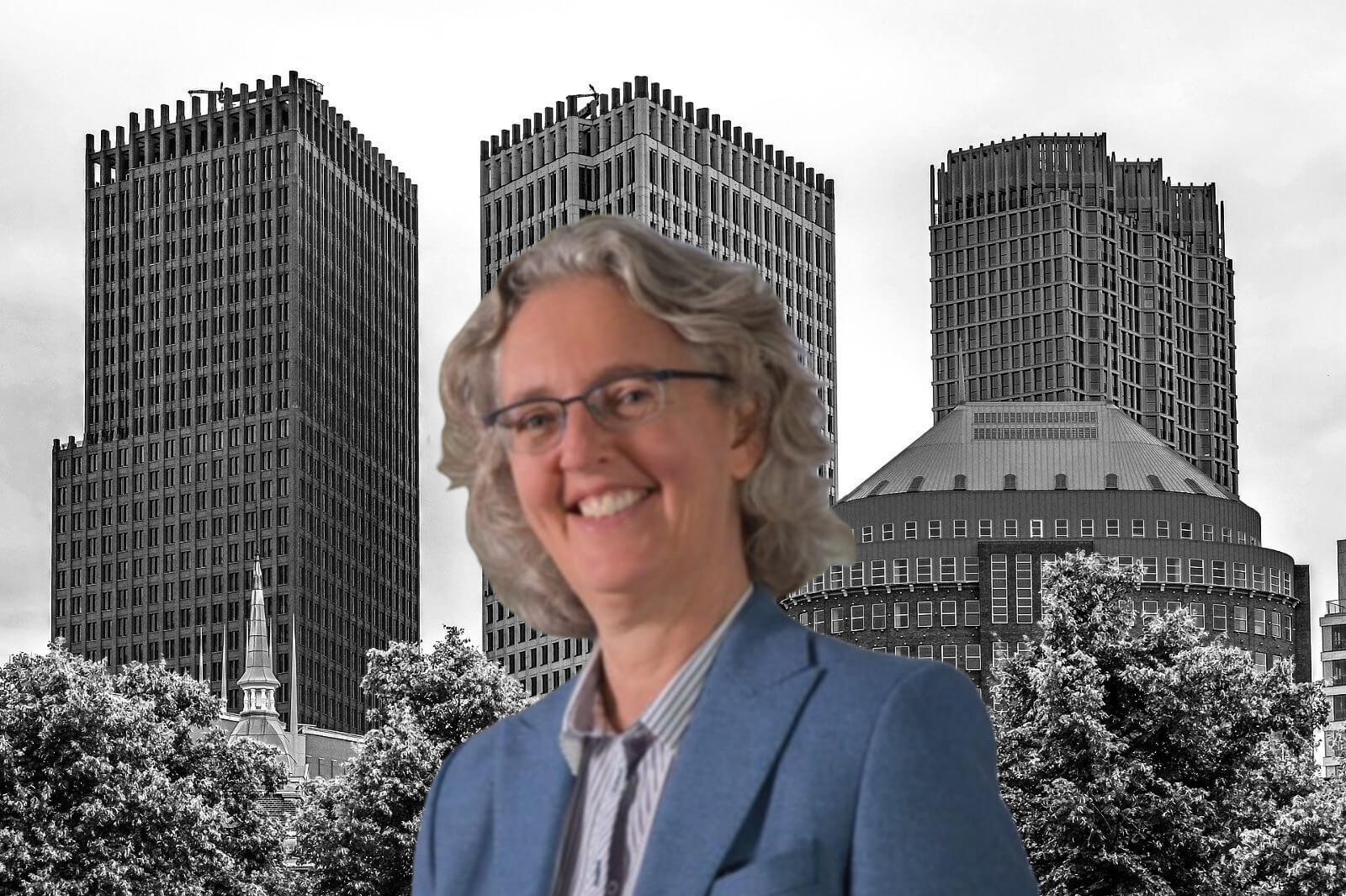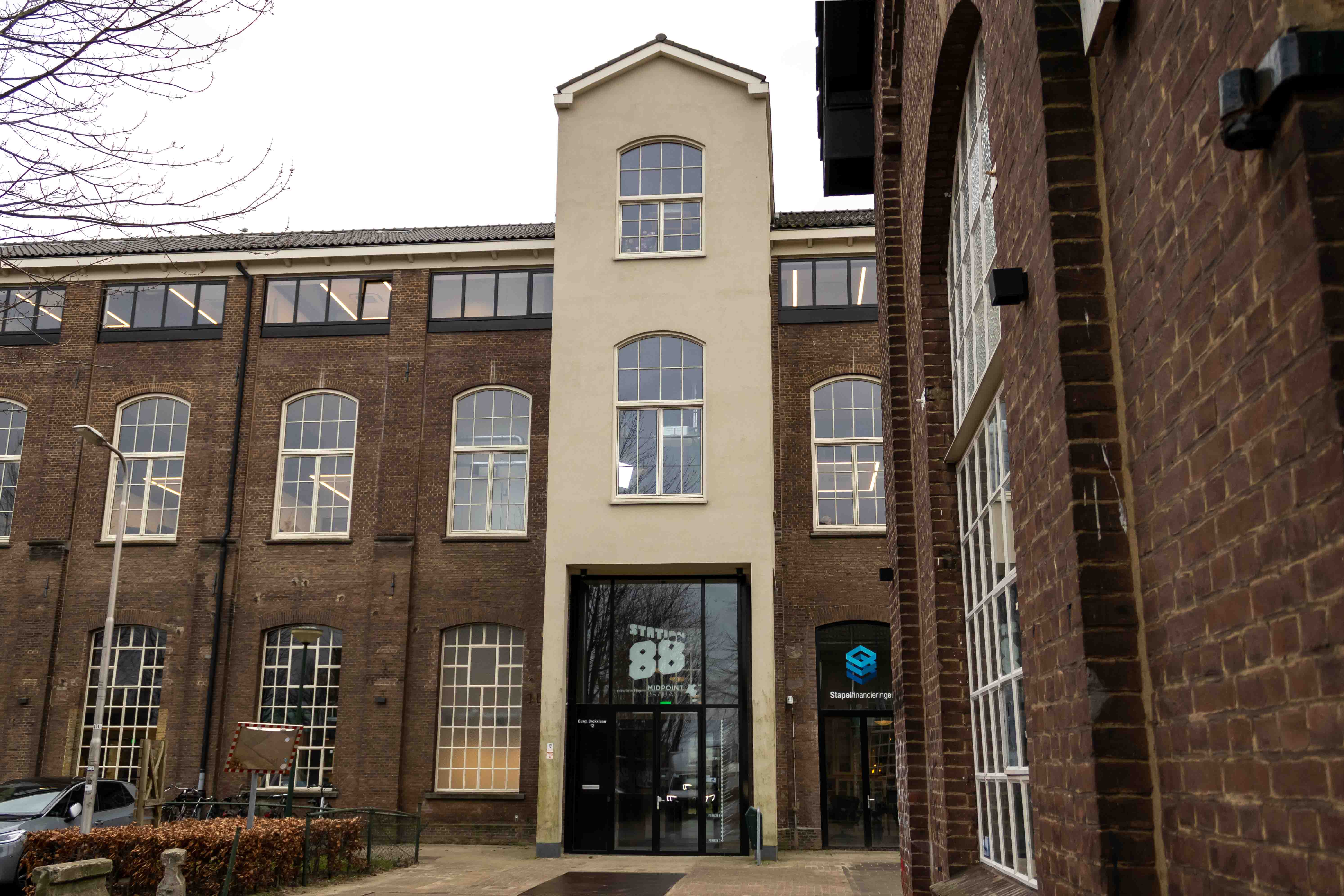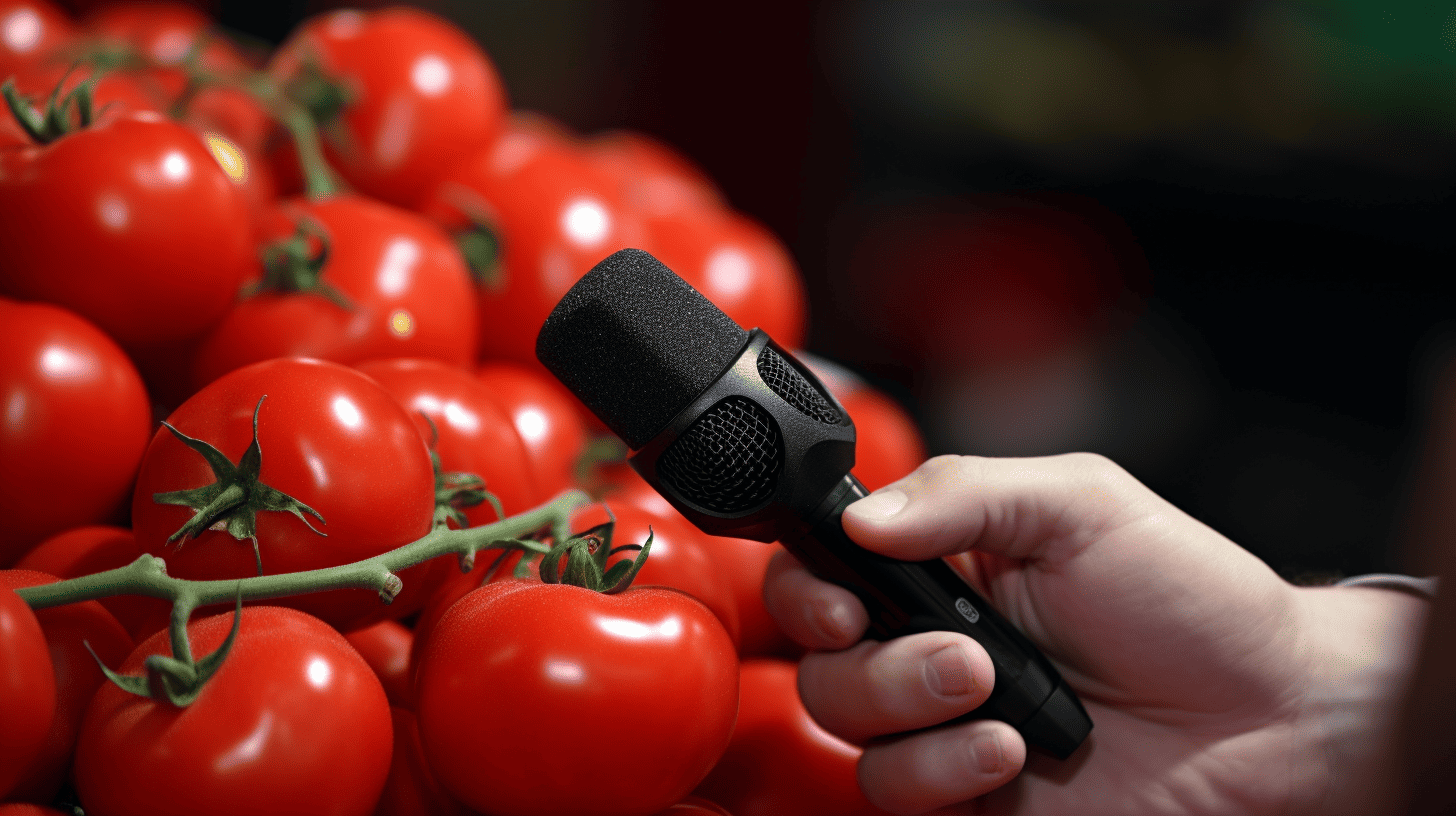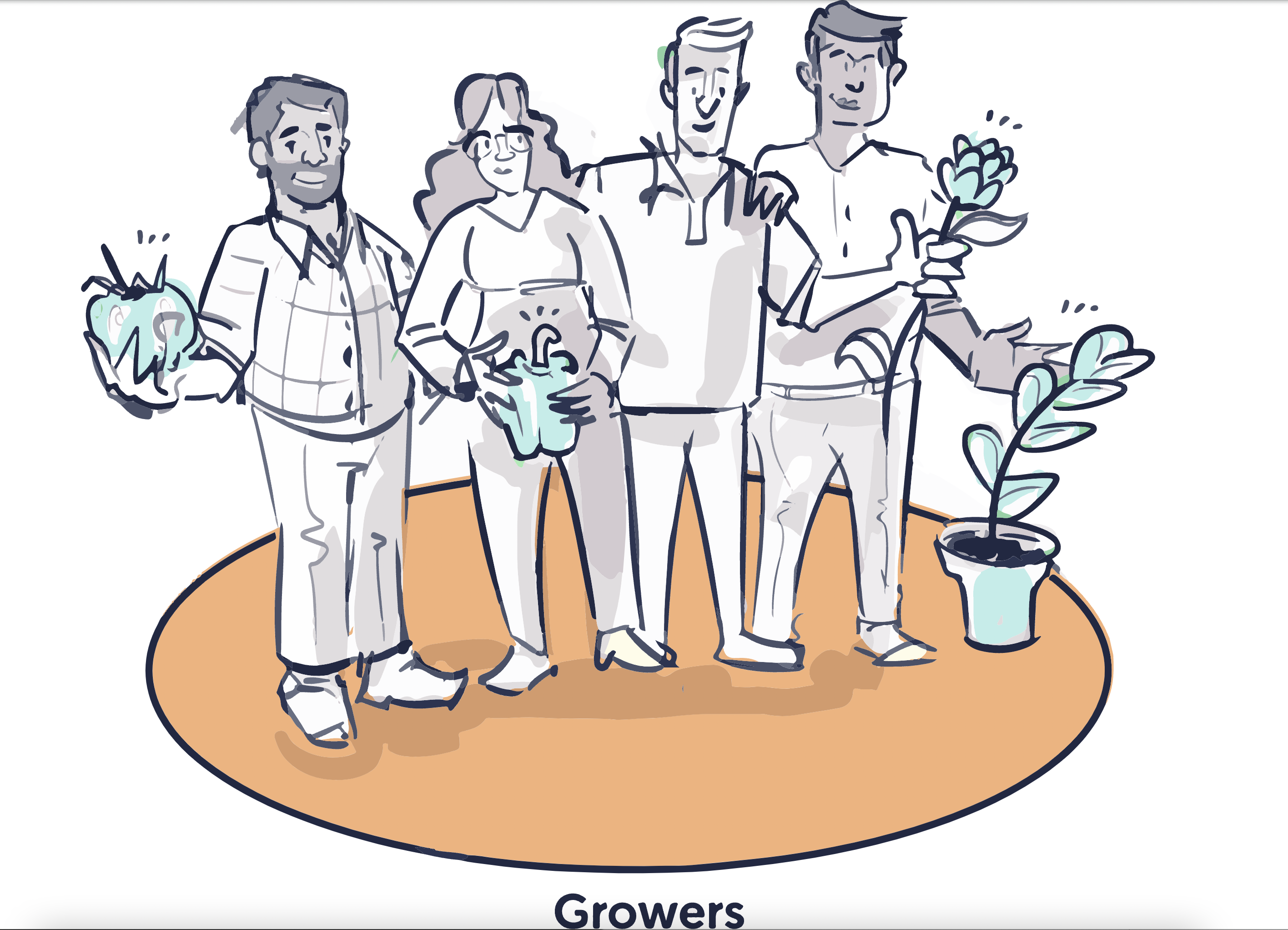
You are probably already familiar with them, those real nerds who like nothing better than to work with technology. A bit of mechatronics here, a pinch of AI there and then topped off with a nice data platform that the – of course – make themselves! They can work for months and sometimes even years on coming up with the ideal solution, only to find out that the product that they have developed may well be interesting to their dream client, but that when push comes to shove, they are not actually prepared to pay for it.
It is much better to work together with a client on innovative ideas. Why this is so important is something that I outlined in this article, among other things.
However, the question is who the client is then, and why would you need them on board? The question also remains whether or not you should always make what the client is asking for. Consider the famous statement by Henry Ford “If I had asked people what they wanted, they would have said: faster horses.“
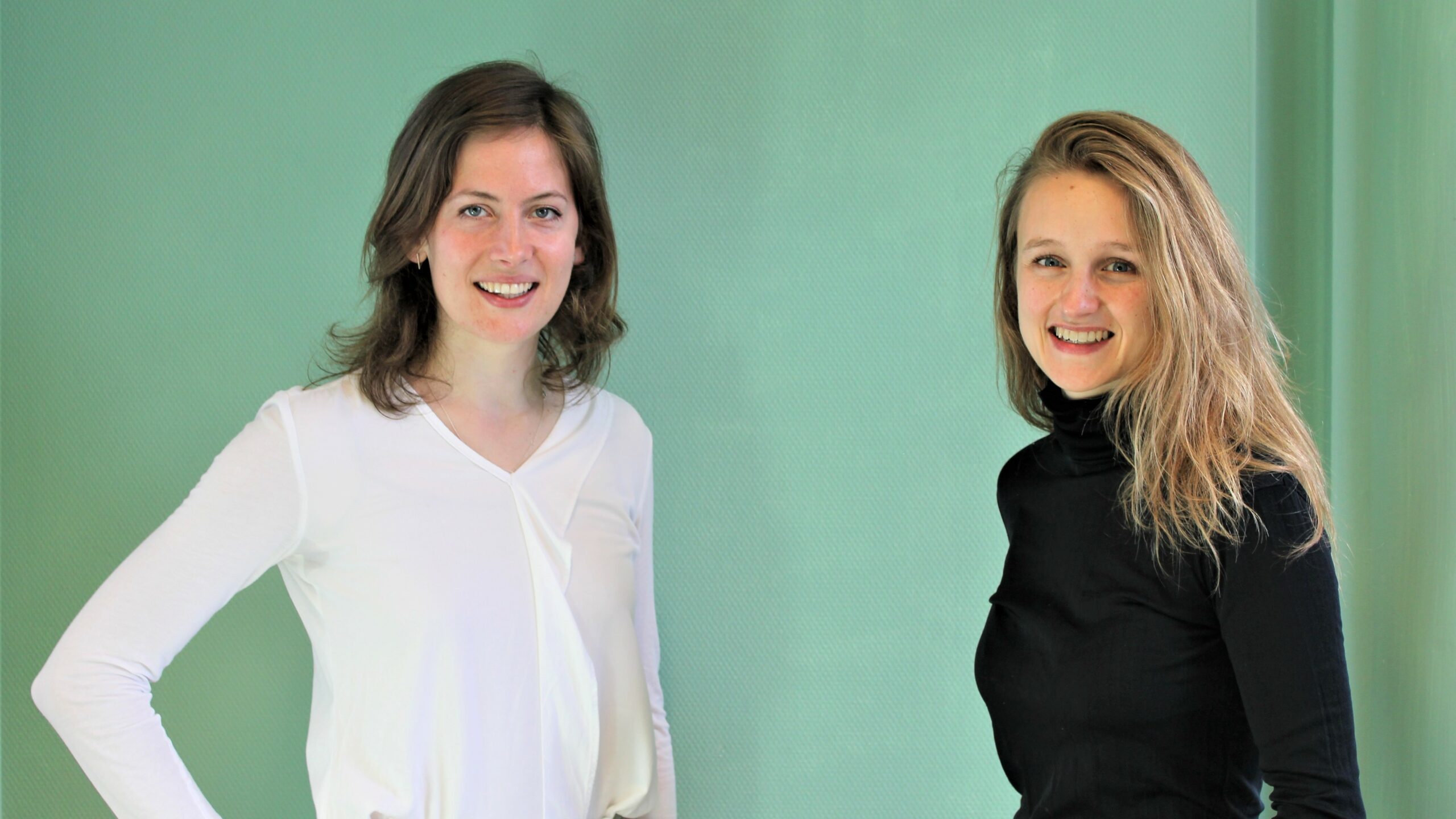
In search of the definitive grower
In the horticultural sector, I often hear researchers and product developers say that they want to talk to ‘the definitive grower’. After all, they have knowledge of their crops and their company’s processes. In addition, they are the ones making the decisions about the purchase of newly developed products and can provide a site for developers who want to test their products in practice. However, it makes quite a difference whether you talk to a pot plant grower with a one hectare business without a company successor, or a tomato grower with a sixty hectare farm who is about to build an additional fifteen hectares of greenhouse buildings. There is no such thing as the definitive grower!
Specialists
Apart from that, it remains to be seen if you really need to talk to the grower personally. With the rise in the scale of greenhouse horticulture, the grower has increasingly become an entrepreneur and less the kind of grower who spends all day in the greenhouse. On large greenhouse horticulture farms, specialists deal with such matters as irrigation, spotting diseases and pests, workforce, sales and the purchase of energy and gas. In some cases it is better to talk to one of these specialists when you are busy with innovation. But who should you talk to and when?
Persona
For this purpose, a description in the form of a ‘persona’ can be used. In Wikipedia, a persona is also described as ‘the social role that one adopts‘. If you have defined a persona, it gives you a better idea of who you are looking for to engage the services of or work together with.
To do this, start by describing the things you are looking for. Does it concern substantive knowledge about a crop or the company? Do you want to talk to the person who deals with funding with a view to co-investing or buying the developed product? Or are you primarily looking for someone who can introduce you to their network of other growers? You may also be looking for someone who can offer you a place to test your product under development in practice.
These criteria form one side of a matrix that you can use to find the right persona. The second side is formed by the TRL (Technology readiness levels) that you are at as a researcher or product developer.
Discovery phase
At a lower TRL stage, ‘discovery’, involves a conversation between the (representative of the) grower and a researcher at a knowledge institution. This person knows the company and the crop and can translate scientific concepts into ideas for potential solutions at the company. Someone who can think further than about solutions for ‘tomorrow’ and understands the need to start now with research into the solutions for 5 to 10 years from now. For example, do you have some ideas about how hydrogen can contribute to the energy transition in greenhouse horticulture? Then you should definitely give Bart a call!

Development phase
In the next phase, ‘development‘, a prototype of a potential solution has been made. The grower then talks to a technology developer from a larger company, or perhaps a start-up with students from a university who are working on the development of a product. Questions that the grower will be asked are, for example: ‘Where can I go to test if this actually prototype works’, ‘Would the grower be willing to pay for what I have in mind?’ and ‘Where can I find funding to develop it further?” In this phase, you are looking for a ‘grower’ who is very good at brainstorming and taking a pioneering role.
It often transpires during this phase that the product does not work as intended after all, or that there are simply more practical problems with its application in the greenhouse. As a developer, you then need to pivot towards what does work. Collaboration with a grower is indispensable here. The latter needs to understand that plans can change all the time in this phase. For example, have you come up with a solution for crop planning based on the sales forecast? Then I would say get in touch with Erik or Joyce!
Demonstration phase
The grower talks to a technology developer during the ‘demonstration‘ phase. Nowadays, not necessarily just with a technical developer, but sometimes with a business developer as well. This is about testing the product in actual practice. Then, in TRL7, you are going to need someone who knows that things do not always work out in practice. This is when you look for an experienced user, such as a cultivation expert, and sometimes directly with the grower themselves. By the time you get to the TRL8 stage, you have solved the initial teething problems and you want to find out whether a less experienced user can also use the product effectively. Are you interested in finding out if your new tool for measuring crops or for predicting harvests of roses or tomatoes works well in everyday practice? Then you might consider asking Remco or Tom.
Marketable product
The final phase, ‘deployment‘, deals with the scaling up side of things. How you go from a few test clients to a larger target group? Where will you find more clients and how are you going to update and maintain the product? When it comes to sales, you will be looking for ‘influencers‘. Growers who are known as innovative and who have an extensive network. Or the neighbourhood gardener in your own street where you drop by for a cup of coffee and hear about how well their new digital sorting solution works, or the place where integration tests of various products take place. In that case, for example, you might pay Miranda a visit or speak to Ted.
Which ‘grower’?
So, start by thinking about why you want to speak with a grower. Are you looking for substantive knowledge, networking opportunities, funding, or a location to conduct testing? In the next step, you consider what phase of development your questions relate to. Is it still quite an abstract concept? And are you looking for someone to help you come up with potential applications, or is it a product or service that is nearly ready? Or are you mostly interested in running a final integration test in real-life practice?
By putting more thought into exactly what kind of ‘grower’ you are looking for, you will then be able to find better answers. As a consequence, you are more likely to actually develop something that also offers economic value, and are less likely to end up developing a ‘faster horse’.
In other words, from now on, don’t look for “the grower” but talk to Bart, Erik, Joyce, or Miranda!
About this column
IIn a weekly column, alternately written by Eveline van Zeeland, Eugene Franken, Katleen Gabriels, PG Kroeger, Carina Weijma, Bernd Maier-Leppla, Willemijn Brouwer, Maarten van Andel and Colinda de Beer, Innovation Origins tries to figure out what the future will look like. These columnists, sometimes joined by guest bloggers, are all working in their own way to find solutions to the problems of our time. So tomorrow will be good. Here are all the previous articles.

